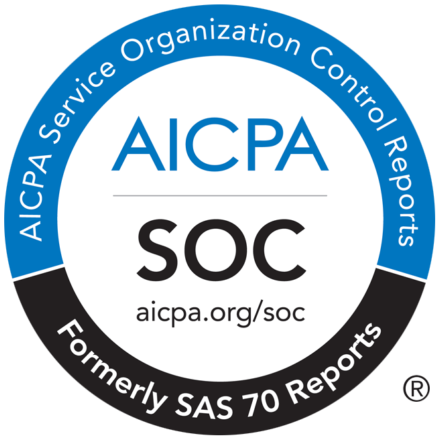Lately, it seems like everyone is talking about AI-generated content. This makes perfect sense when we consider the meteoric growth of Chat GPT. After launching in November 2022, by April 2023, Chat GPT had amassed over 1 million registered users. And these are in addition to those who use other artificial intelligence platforms like Google’s Bard and Jasper.
With many people deeply concerned about the impact of AI content generation on education and on content creation in general, it’s more important than ever to firmly understand what AI-generated content is and how to detect it.
What is AI-Generated Content?
AI-generated content is material that is created by artificial intelligence (AI) algorithms. Presently, AI-based content generation technology can generate:
- Text
- Images
- Audio
- Video
AI-powered tools, like Chat GPT and others, generally use machine learning techniques like “deep learning” and “natural language processing,” to analyze patterns in existing data and create new content based on those patterns.
AI-generated content can offer some advantages such as reduced production time and costs, and the ability to scale content creation. Content generation using AI also raises concerns about copyright, authenticity, and the potential spread of misinformation or fake content. As we’ve discussed in our blog, “In education and enterprise, there are substantial and vital concerns that include both AI plagiarism and the utility of writing itself.”
As AI-generated content becomes more prevalent, it is important for educators, creators, consumers, and regulators to develop ethical guidelines and best practices to ensure the responsible use of this technology.
How to Detect AI-Generated Content
As the technologies that produce AI-generated content advance, it will most likely become increasingly hard to detect. Presently, AI-generated images, for example, are a bit uncanny, and feel a little off. Sometimes they include too many fingers, distorted faces, or other elements that make them easy to spot. Other times, however, they can be rather convincing.
The same can be true for AI-generated text. As we’ve mentioned before, AI text often has elements that give it away, including:
- Linguistic patterns
- Ideas that are repeated
- Unusual phrases
- Overly-formal words
- Structural features
But with each new generation of technology, the artificial intelligence will get better and better at fooling readers. Increasing quality is in the nature of machine learning. That said, here are a few ways you can employ today to detect AI-generated content:
- Analyze the text for inconsistencies
- Check for unusual phrasing and grammar
- Look for irrelevant or nonsensical content
- Examine the coherence
- Investigate the sources
- Cross-reference the content
But perhaps the best way to detect AI content is to fight fire with fire and use AI to detect AI. If machine learning can help create content, it can also help to find it. By analyzing the text (or images, audio, or video), an AI content detector tool, like Copyleaks, can identify the patterns and markers we listed above.

